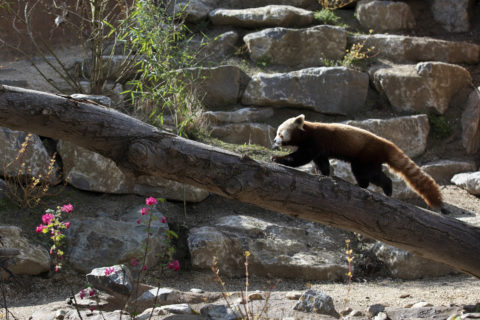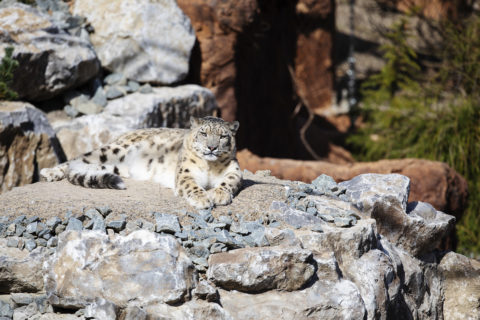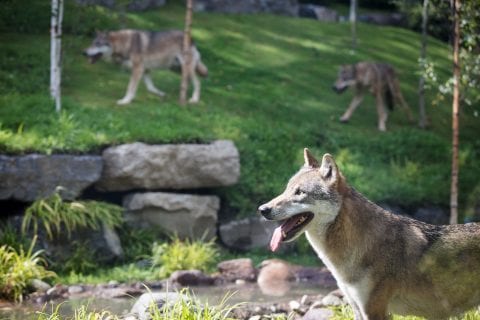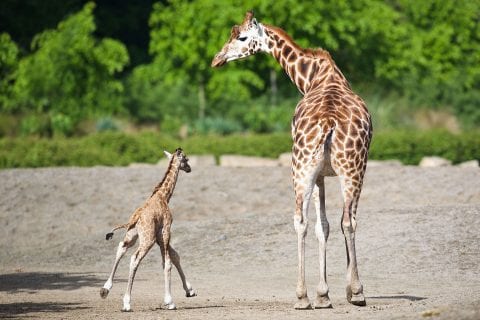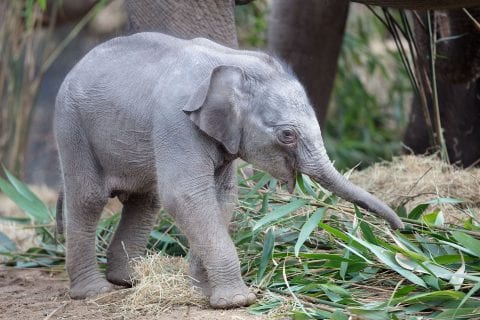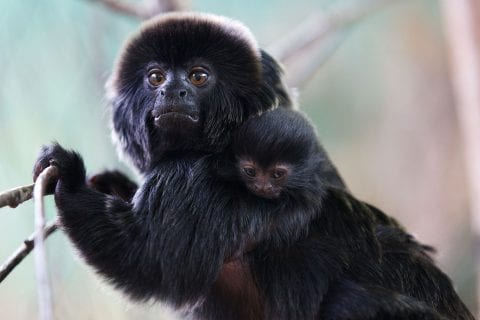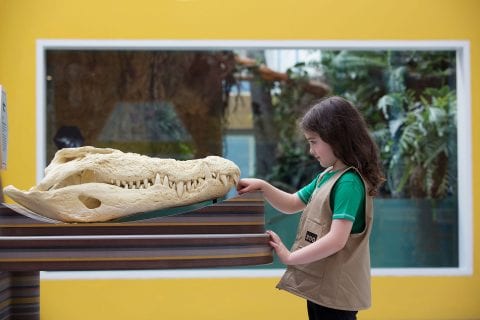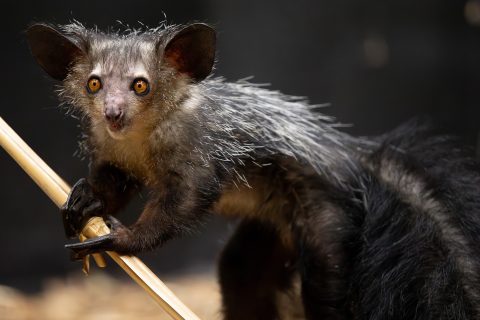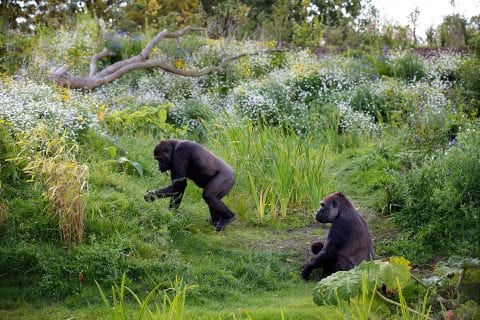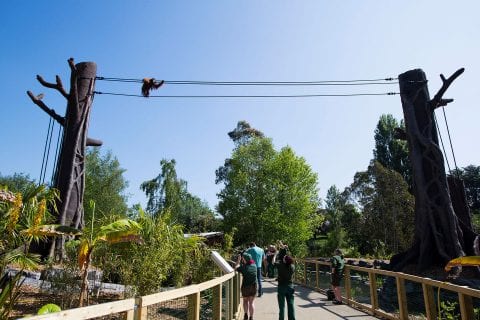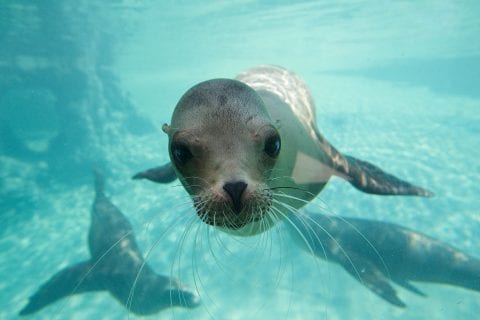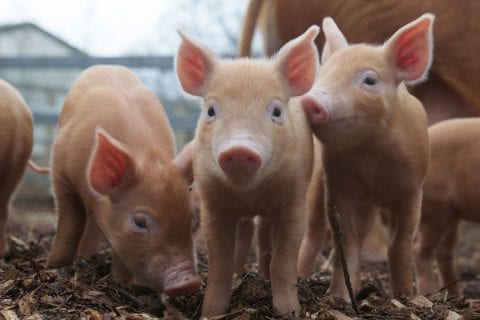Your Visit
Zoo HabitatsZoo Habitats
Dublin Zoo is home to over 400 rare, exotic and endangered animals from around the world. With vast grounds to explore and lots of outdoor and indoor habitats housing your favourite animals, Dublin Zoo is unique place to see wildlife in the heart of Dublin city.
Zoo Habitats
Dublin Zoo is home to over 400 rare, exotic and endangered animals from around the world. With vast grounds to explore and lots of outdoor and indoor habitats housing your favourite animals, Dublin Zoo is unique place to see wildlife in the heart of Dublin city.
Habitat Design
Dublin Zoo carefully designs habitats for the animals that are inspired by the wild and that create an exciting experience for visitors. Species that would often exist side by side in the wild share habitats in Dublin Zoo and the animals have continuous access to their outdoor and indoor habitats which have private spaces where the animals can take shade, keep warm (and hide from visitors!) if they so please.
